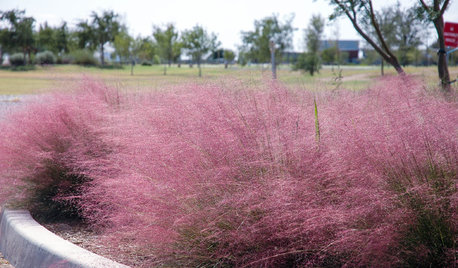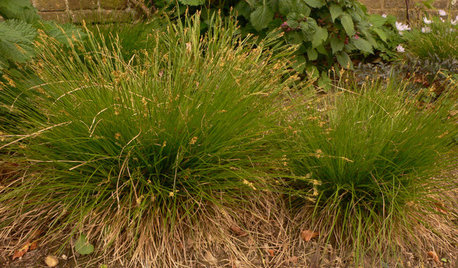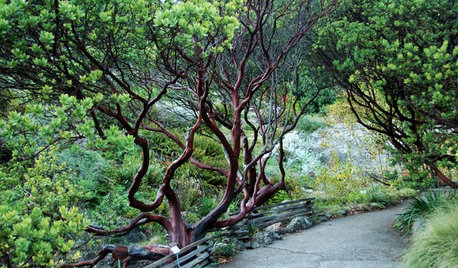Native azalea ok for this elevation?
chiggerbait
16 years ago
Related Stories

GARDENING GUIDES10 Top Native Plants for the U.S. Southeast
For a low-maintenance and wildlife-friendly landscape, use Southern natives that withstand heat and humidity
Full Story
GARDENING GUIDESGarden-Friendly Native Alternatives to Overplanted Exotics
There are lots of gorgeous, wildlife-friendly native plants ready to make an appearance in your garden
Full Story
GARDENING GUIDESWe Bust 4 More Native Plant Myths
Have you been taken in by these fallacies about gardening with native plants?
Full Story
GARDENING FOR BUTTERFLIES3 Ways Native Plants Make Gardening So Much Better
You probably know about the lower maintenance. But native plants' other benefits go far beyond a little less watering and weeding
Full Story
NATIVE PLANTS10 Top Plants Native to the Desert Southwest
Get a thriving garden despite unforgiving conditions with these tough, unthirsty, sun-loving beauties
Full Story
GARDENING GUIDESLet's Weed Out 4 Native Plant Myths
Plant wisely for a garden that supports pollinators and requires less work
Full Story
GARDENING GUIDESGreat Design Plant: Asclepias Incarnata for a Butterfly Garden
Beautiful swamp milkweed makes it easy to help monarchs and other pollinators in eastern U.S. gardens
Full Story
GARDENING GUIDESGreat Design Plant: Carex Eburnea
The perfect ‘grass’ for dry shade is a sedge
Full Story
GARDENING FOR BUTTERFLIESGreat Design Plant: Parry Manzanita Stands Out in Low-Water Gardens
Make a dramatic architectural statement and feed wildlife in woodlands and more with Arctostaphylos manzanita
Full Story
INSPIRING GARDENSWhat We Can Learn From Longwood Gardens’ New Meadow
Sustainability, ecology, native plant communities ... this public garden is brimming with lessons on horticulture for home gardeners
Full StorySponsored






rhodyman
chiggerbaitOriginal Author
Related Professionals
Wrentham Landscape Architects & Landscape Designers · Redondo Beach Landscape Architects & Landscape Designers · Frisco Landscape Contractors · Ashburn Landscape Contractors · Canby Landscape Contractors · Holtsville Landscape Contractors · Lakeville Landscape Contractors · Lemoore Landscape Contractors · Louisville Landscape Contractors · Natick Landscape Contractors · Overland Park Landscape Contractors · Pahrump Landscape Contractors · Setauket-East Setauket Landscape Contractors · Tavares Landscape Contractors · Tinton Falls Landscape Contractors